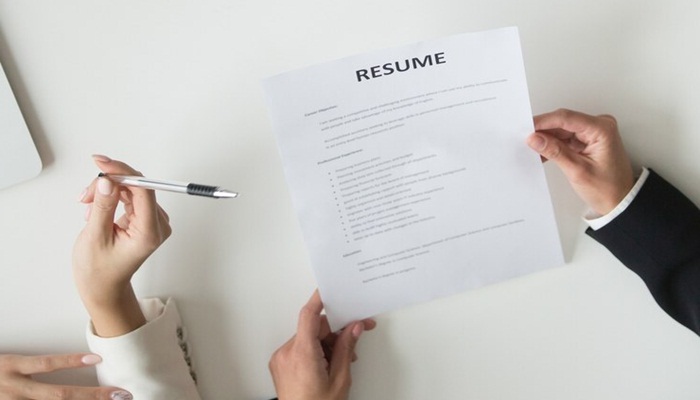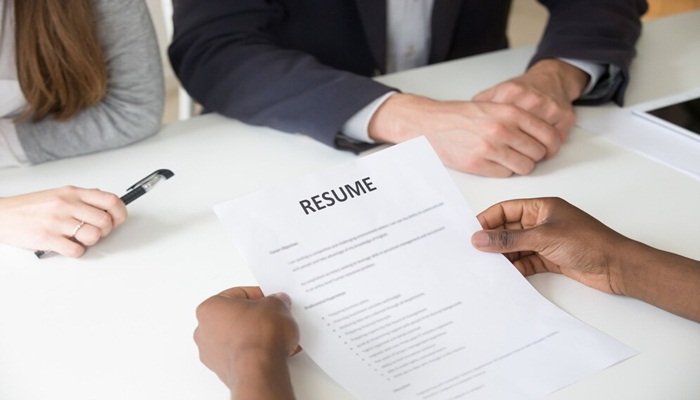The integration of AI into various sectors has transformed the way we work and interact with each other, offering unprecedented opportunities for efficiency and innovation. However, this rapid technological advancement also poses significant challenges, particularly concerning age bias and workforce inclusivity.
The urgency of age-proofing AI stems from two converging trends. According to the UN, by 2050, over 2 billion people will be aged 60 or older, more than double the total in 2017. At the same time, AI tools are increasingly being used to streamline hiring processes, automate decision-making and enhance employee productivity.
Companies that bring varied perspectives to problem-solving can unlock the untapped potential of their intergenerational workforce. In doing so, they will be better positioned to navigate demographic shifts and technological advancements. So, age-proofing AI is not just a moral imperative but a strategic business necessity.Show Full Article
Challenges of age-proofing AI
As AI continues to transform industries and sectors, its integration into workplaces raises urgent questions about fairness and inclusivity.
1. Perpetuating systemic biases
One of the most pressing concerns when it comes to the use of AI in the workplace is its potential to perpetuate systemic biases, including ageism.
Despite the focus on race and gender biases, age bias remains largely overlooked, posing significant risks for social equity in ageing societies. For example, AI systems can inadvertently discriminate against older workers during the hiring process, favouring younger applicants. This oversight can lead to further marginalization of older employees in the workforce, exacerbating existing social inequalities.
Recent high-profile cases have highlighted the legal and reputational risks companies face if the AI systems they deploy have unchecked biases. For instance, the Equal Employment Opportunity Commission (EEOC) settled a lawsuit with iTutorGroup for employing AI software that discriminated against older applicants. Such incidents underscore the need for inclusive practices in AI deployment.
2. Misconceptions about older workers
Another challenge in integrating older workers into an AI-powered workplace is the persistence of myths surrounding their adaptability to new technologies.
Companies often assume that older workers are resistant to change or less willing to adapt to new technologies. As leaders look to integrate Generative AI tools and AI agents, a common belief is that younger workers will be better equipped to seamlessly incorporate these new tools into their workflows. However, recent research, including Generation’s “Age-Proofing AI” study, suggests this view may be unfounded.
According to previous Generation research from 2023, when hiring managers were asked to assess the job performance of the mid-career and older workers they already employ, a striking 89% reported that experienced workers performed as well, if not better, than their younger peers. This data contradicts the assumption of technological ineptitude and underscores the valuable contributions of older workers.
3. Rapid pace of technological advancement
With AI tools evolving at an unprecedented rate, organizations must act swiftly to integrate these technologies into their various operations and processes.
If business leaders fail to adapt quickly enough, they risk losing competitiveness and the unprecedented opportunities for efficiency that come with AI implementation. This urgency necessitates that leaders not only promote AI use but also ensure that older workers are being offered adequate training opportunities and psychologically safe environments where they feel encouraged to upskill without risking job security.
With the right training and support system in place, mid-career and older workers can fully harness the power of AI, bringing a level of strategic thinking and contextual understanding that can significantly enhance AI deployment for any organization. Therefore, it is imperative for businesses to invest in tailored training programmes that address the specific needs and learning styles of mid-career and older professionals.
Strategies for age-proofing AI
A crucial aspect of age-proofing AI is ensuring that workers, particularly older ones, understand the value of AI and are equipped with the necessary skills.
- Inclusive design principles: Incorporating older workers into the design process of AI technologies is essential. This involves ensuring that AI solutions are user-friendly and accessible for experienced workers, focusing on ease of use and compatibility with their needs.
- Data management practices: Organizations must implement robust data management strategies to mitigate bias. Techniques such as balancing datasets and conducting regular audits play a key role in ensuring that AI systems are fair and representative of all demographic groups.
- Flexible work arrangements: Offering flexible work arrangements, such as phased retirement or gig-style roles, can enable older workers to remain active contributors while accommodating their evolving needs. Programmes like Unilever’s U-Work demonstrate the value of flexibility.
- Job and workflow redesign for older workers: Instead of simply trying to fit older workers into existing AI-driven roles, businesses should consider redesigning jobs and workflows to leverage their unique strengths. This might involve focusing on tasks that require human judgment and creativity.
- Tailored training and support for older workers: Employers must provide tailored training programmes that equip older workers with the skills needed to thrive in an increasingly AI-powered workplace. This involves developing training resources that introduce them to new tools and practices.
- Mentorship and reverse mentorship programmes: Pairing older workers with their younger colleagues during AI training can foster mutual learning and enhance team collaboration. In addition, reverse mentorship, where younger employees mentor older colleagues, can be very beneficial.
Why does age-proofing AI matter?
As AI becomes increasingly integral to various sectors, its potential to transform workplaces by lowering barriers to skill acquisition and enhancing productivity is significant. However, this transformation must be accompanied by a commitment to fairness and inclusivity to ensure that older workers are not left behind.
The demographic shift towards an ageing workforce underscores the need for organizations to prioritize age diversity in their diversity and inclusion initiatives. Despite this imperative, many companies overlook age diversity, and consequently, they don’t fully harness the capabilities and experiences of older workers.
Addressing age bias in AI systems is imperative not only for promoting social equity and preventing discrimination but also for enhancing organizational performance and innovation through a diverse workforce. Consequently, age-proofing AI is not just a moral imperative but a strategic necessity for companies around the world.






















